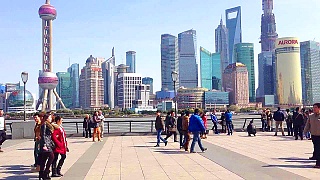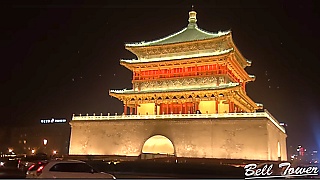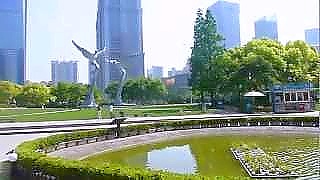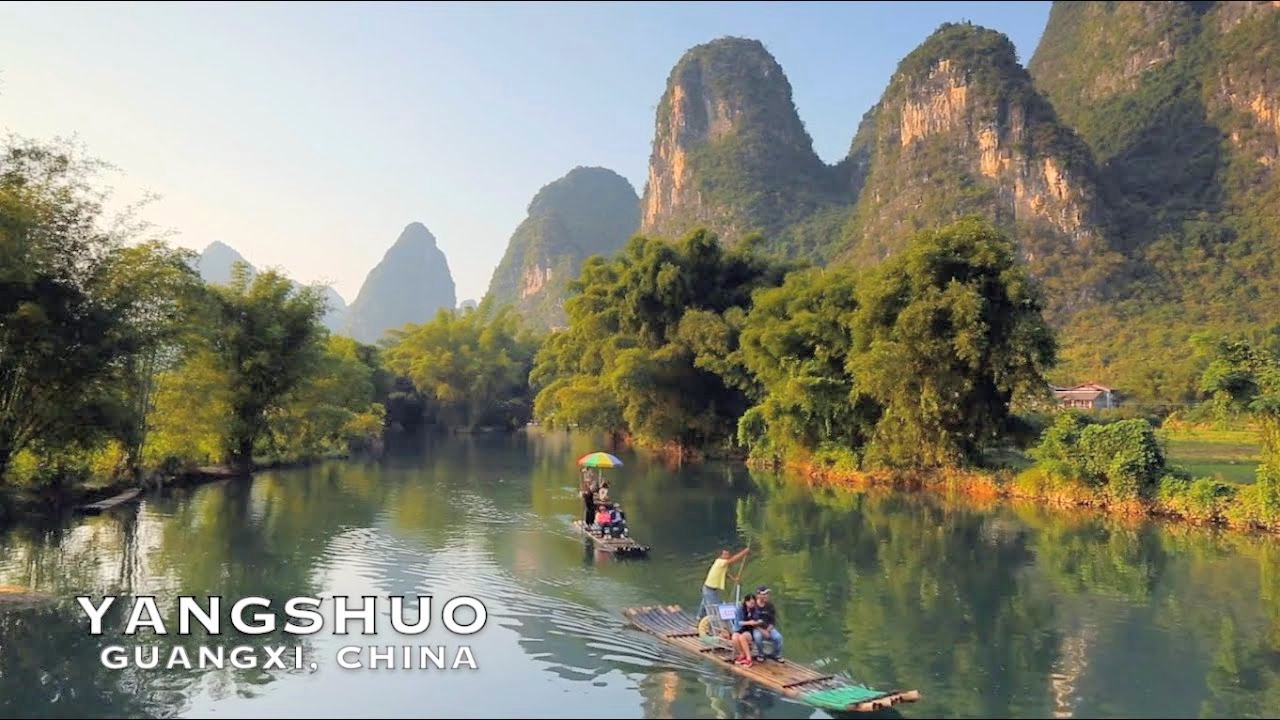With Pradip Jamnadas ...
[640],shadow=true,start=,stop=Bonus films on the liver ...
Live more ...
 Health deep dive (2 / 2) – metabolic disease, diet and fasting
Health deep dive (2 / 2) – metabolic disease, diet and fastingWith Pradip Jamnadas ...
[640],shadow=true,start=,stop=Bonus films on the liver ...

|
On the HuangPu River, facing PuDong, at the heart of ShangHai ...
|

|

|
With China Street View ...
With Walk East ...
With Ahead Of Thyme ...
|

|
Filmed May 2012.
|

|
|

|
With JacobysJourneys ...
Bonus film with BeijingBuzzz ...
|